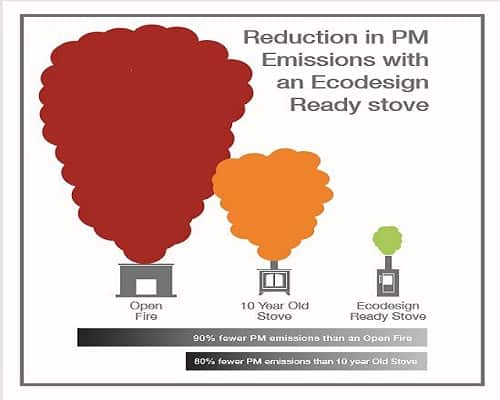I instructed ChatGPT to write an article on "Are wood burning stoves dangerous to your health". This is what it wrote:
Wood burning stoves are a popular and economical way to heat a home, but if not properly maintained and used, they can pose a serious threat to your health. Wood burning stoves release particulate matter, carbon monoxide, nitrogen dioxide, and other pollutants into the air, which can be hazardous to your health. Particulate matter is a mix of solid and liquid droplets that are small enough to enter the lungs. Long-term exposure to particulate matter can cause a variety of respiratory problems, including asthma, bronchitis, and lung cancer. Carbon monoxide is an odorless, colorless gas that can cause dizziness, headaches, and even death if inhaled in large enough quantities. Nitrogen dioxide is a toxic gas that can cause inflammation of the lungs and worsen existing respiratory conditions. To reduce the health risks of wood burning stoves, it's important to properly maintain the stove and venting system. Make sure the stove is installed according to manufacturer instructions and the venting system is regularly inspected for any damage or blockages. The chimney should be cleaned at least once a year by a certified chimney sweep. When using the wood burning stove, never use a fuel that produces more smoke than heat,
Jim Stafford



